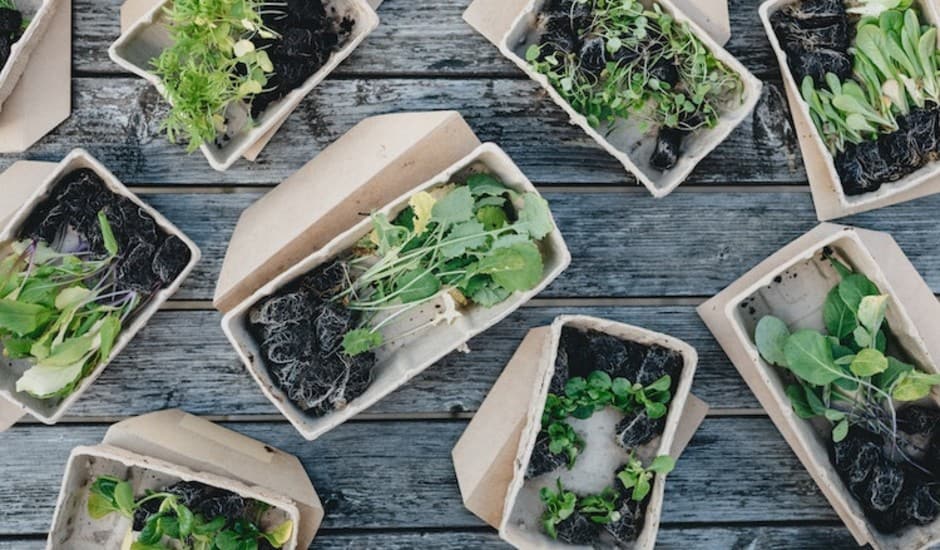Environmental sustainability has been a subject of discussion for years. While we have made some progress, it is still not enough. Our over use of plastics and other materials that end up on the ocean floor, has taken us into dangerous territory. Fortunately, brands are taking the warnings seriously and the adoption of sustainable business practices is becoming the norm. But what comes next? How does a consumer brand become sustainable or more sustainable?
One obvious area to improve is the packaging. There are two aspects to packaging – one is how much you use and the other is what materials you use. Previously the best practice for brands was to “over package,” adding inserts and layers to secure the product for transit and to signal higher quality. But that trend is in reverse. Companies from startups to the biggest brands, including Apple, are becoming packaging minimalists. Less is better. The other consideration is the amount of sustainable materials in your packaging.
Here are the initial steps a brand can take in revising its packaging strategy.
It may not be feasible for smaller brands to adopt or convert to a new packaging technology at once. But as with anything, they may do this in stages. Here is how we think about the stages of becoming a more sustainable, eco-friendly brand:
- Stage 1 “Good” – using material that can be recycled
- Stage 2 “Better” – using some recycled material
- Stage 3 “Best” – using 100% recycled materials
Again, don’t feel you need to be the Best right from the start. Some initiative is better than no action.
An increasingly popular alternative to recycling is reuse. As the efficiency and safety of cleaning methods improves, the assurance that these materials are safe and devoid of contaminants increases. There’s so much activity around this technology, there’s even a Reusable Packaging Association.
In terms of sustainable packaging decisions, here are some popular and affordable options:
- Eco-friendly Recyclable Plastics
Different plastics degrade at different rates. The trick is to create versions that disappear after they’re used. For example, bioplastics include biodegradable plastics which break down much quicker than regular plastic. Another option is to use packaging made from plants, including seaweed, algae, corn and mushrooms. - Eco-friendly Recycled Plastics
Distinct from the above, these materials comes from two main sources: beach & ocean plastics and post consumer recycled content (PCRC). Typically they get repurposed into product packaging. These can also be reclaimed for use in manufacturing products such as furniture and clothing. - Paper
There’s plenty of innovation going on in creating sustainable options for paper. These are just a few examples of options for paper packaging:
– Recycled Paper
– Paperboard
– Paper Void Fill
Sustainable packaging is a first step to achieve greater sustainability in your products, brand and business in the eyes of consumers and in the environment. But there are further opportunities for increased brand sustainability worthy of attention. Brands should also consider the transportation decisions they make to help mitigate the flow of greenhouse gases into the eco-system. And of course brands may review the sustainability of the components used in the product itself to further brand sustainability.
Whatever the course, your customers are demanding that brands start acting on eco-friendly practices and they are willing to pay up for those goods. Consumers have made buying sustainable products a priority and brands that follow suit are gaining a significant brand advantage.



